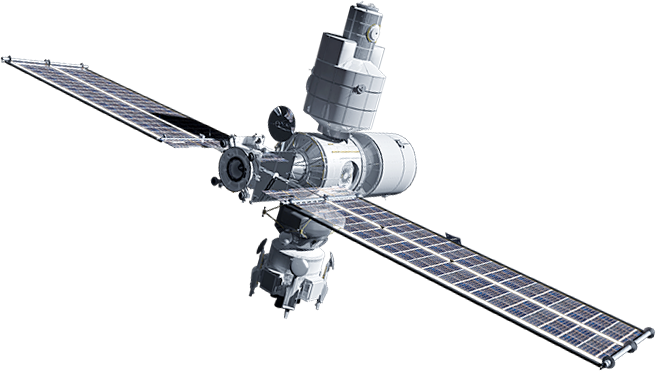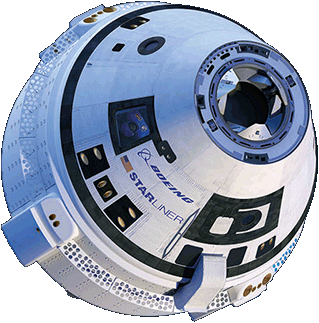Building a path to our future in space takes more than imagination. It takes the proven ability to transform vision into reality for the betterment of humankind. Sign up to stay in touch with the progress we’re making.

MARS
DISTANCE
(54.6M km)
HUMANS
ARRIVAL
GRAVITY
You’ll need the most powerful rocket ever built to get to Mars. NASA turned to Boeing to design, develop, test and build it. The Space Launch System is the size of a 38-story building. We’re providing both the brains and muscle—avionics, core stage and upper stages—to make the next generation of human spaceflight possible.
Answering the big questions on Mars exploration
How and where will we land a spacecraft on Mars? What kind of spacesuit is needed? How can we get Wi-Fi there? We’re working on it.
MOON
DISTANCE
(384,400 km)
HUMANS
ARRIVAL
GRAVITY
Putting humans on Mars is closer than you think. We’re helping design a Gateway in cislunar space—the region between Earth and the moon—to prove out the technologies for exploration of Mars.

Reinventing space transport
Early astronauts practically folded themselves in half to fit into their capsules. Not anymore. Space travelers today will head to and from the International Space Station in the safety and comfort of the Boeing CST-100 Starliner—a “space taxi” that feels a lot like a Boeing 787 Dreamliner. And it all but flies itself, freeing up astronauts to perform other tasks. Comfort was our aim, too, when designing the Boeing ascent and re-entry suit astronauts will wear aboard the Starliner. It’s sleek and flexible, with all the features needed for safe spaceflight.
EARTH
DISTANCE
(0 km)
HUMANS
ARRIVAL
GRAVITY
What’s needed to protect you on a yearslong space mission? We know. We built the International Space Station in low Earth orbit. We built the space shuttles and have supported the ISS for two decades, enabling scientists to learn how to work in space as they discover breakthroughs to benefit life on Earth.

Expanding humankind’s boundaries
Our brightest minds are hard at work every day propelling humanity beyond Earth. From solar cells that power spacecraft to all-digital satellites that enable global communications and the “internet of things” on Earth, we’re redefining what’s possible—and inspiring the next generation to do the same.



